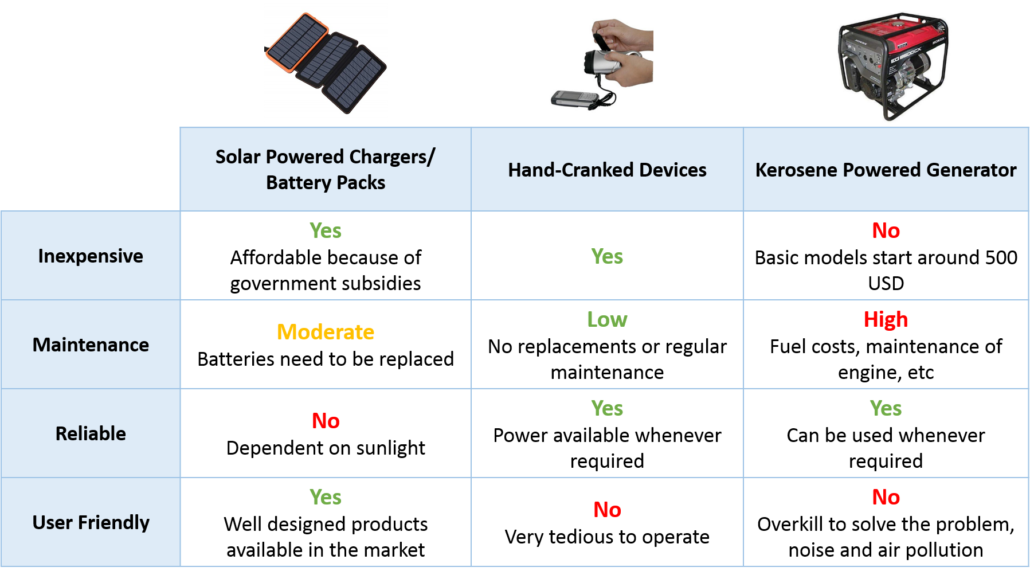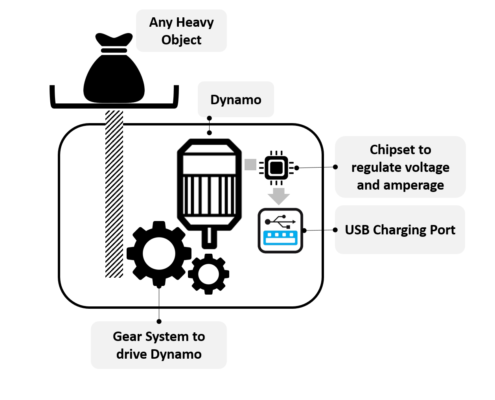5 Features I Wish My Smartphone Had!
Technology has evolved at a mind numbing pace. Evolution of smartphones is the biggest proof that most of have experienced at a personal level. Now, when you think about the future of smartphones in 2019, you’ll think about foldable screens, 5G, augmented reality, etc. But I believe that some features should already have been there in our smartphones now, but because of certain factors they didn’t get on the priority of designers. It could be because of the challenging form constraints or just because they didn’t deliver the right ROI. Feasible or not, I would love if my smartphone had the following 5 features.
1. Extendable Screens
Imagine placing two or more phones with NFC together and immediately the content of the primary phone spreads across the available screens and the phones start working together like a giant phone screen.

2. Switchable Screen Privacy
Nobody likes prying eyes on their phone screen while on a subway, in office or even at home. To avoid this, there are multiple screen privacy films available in the market. These screens use polarization to restrict any angular light waves so that the screen is visible only to someone who is viewing it directly. But these filters considerably darkens the screen brightness.
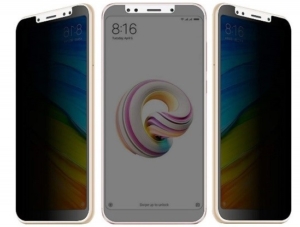
I would love to see some sort of display hardware which offers electricity driven polarization. This would mean you can simply turn screen privacy feature on and off from phone settings. You can just turn the polarization on when you need privacy and work with the resultant darkened screen. When done, simply turn it off and go back to using your brilliantly lit screen.
3. Self Charging Phone
The struggle to improve battery performance to power the continuously more powerful devices is not new. Researchers are working to improve the battery capacity and performance for quite some time now.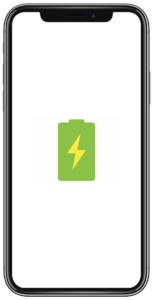
I believe everyone would love phones which come with transparent solar panels integrated within screens, gyroscopes within the phone producing electricity from physical movement or any other form of real time energy capturing mechanisms that either extends the battery life or even completely remove the need to recharge a battery.
And looking at the recent developments in the industry in the form of independent phone cases or specialized screens, we can expect a true self charging phone in the coming future.
4. Self Balancing Phones
Everyone would relate to the struggle to find a book or pillow or just anything to keep your phone stay up while binging on a 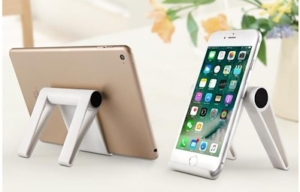 Netflix series or watching a movie on your phone while lying in your bed. Or maybe trying to watch a youtube video while having a quick meal. It’s really inconvenient to hold the phone for long periods of time. It’s true that you can opt for a mobile case with a built-in stand, but it’s definitely not an elegant solution.
Netflix series or watching a movie on your phone while lying in your bed. Or maybe trying to watch a youtube video while having a quick meal. It’s really inconvenient to hold the phone for long periods of time. It’s true that you can opt for a mobile case with a built-in stand, but it’s definitely not an elegant solution.
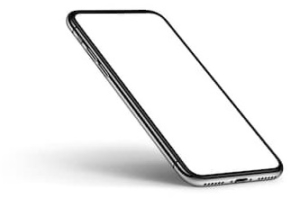 I think it should be theoretically possible to incorporate the technology used in Segway scooters that help them keep an upright position within phones. Imagine just putting your phone on any surface at any angle of your choice and it stays that way. I know this one’s a real stretch, but just try to imagine the convenience and coolness of the feature.
I think it should be theoretically possible to incorporate the technology used in Segway scooters that help them keep an upright position within phones. Imagine just putting your phone on any surface at any angle of your choice and it stays that way. I know this one’s a real stretch, but just try to imagine the convenience and coolness of the feature.
5. Offline Lost Phone Tracking
Ever lost a phone? Or unfortunate enough for your phone to be stolen away from you? The first thing that the thief would do is to switch it off. The only way to track the phone would be to hope that the thief would switch it on and the phone would establish a connection.
But, sadly the thieves are usually not that naïve these days. They have found multiple ways to dispose-off phones with reported and blocked IMEI. It would be really helpful if there can be a way to trace and locate smartphones that have been switched off. Update: Apple has introduced some offline mode tracking. Hopefully, we’ll see it soon in android phones as well
Closing Notes
Please feel free to comment if you any other capabilities you’d like to see in your phone. Also, do share which of the above functionalities would you love to have in your phone.


